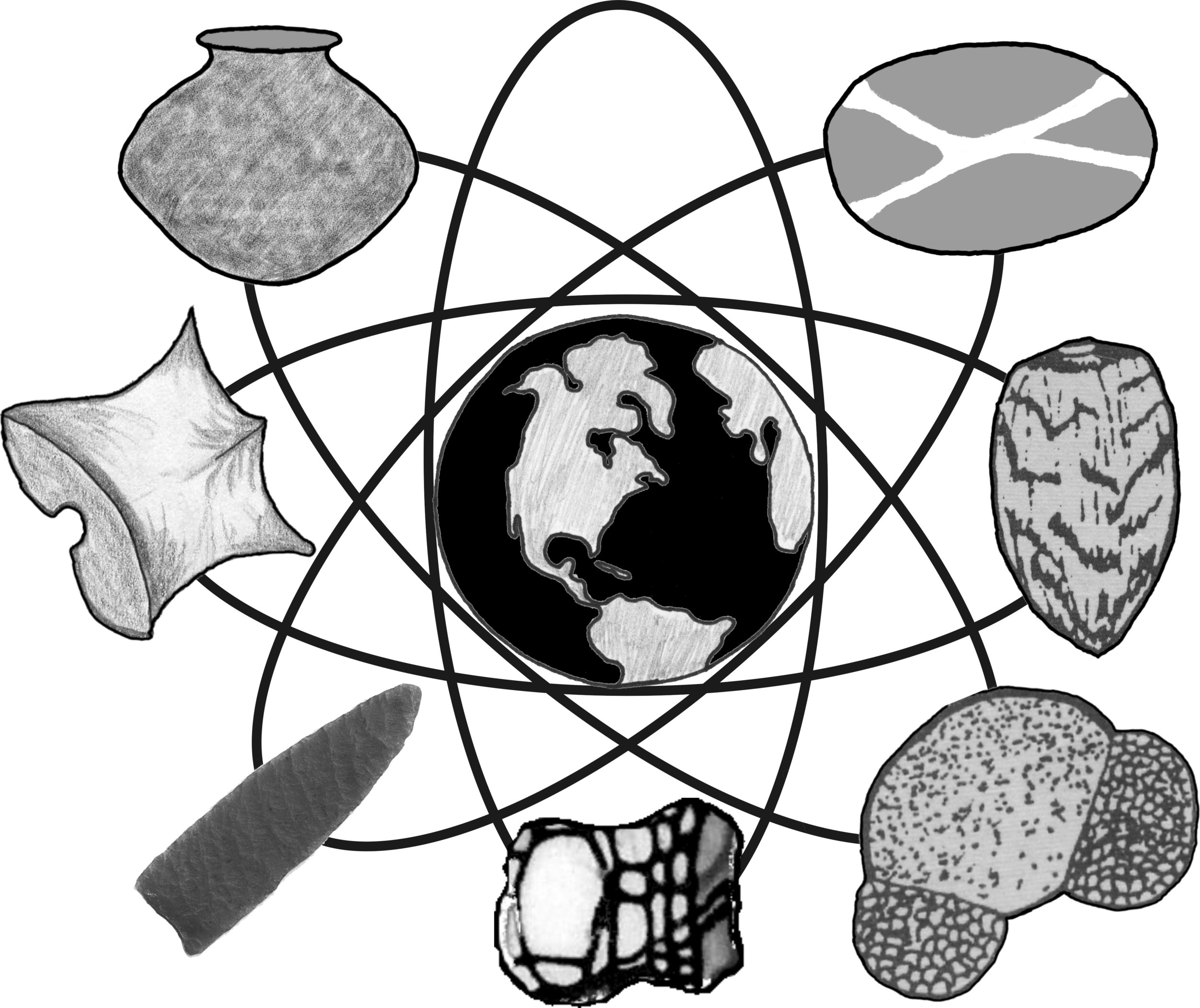Charcoal and Wood ID
Charcoal is simply, burned wood. Once wood is burned, it will survive in the ground for thousands of years. Uncharred wood also can survive in caves, arid areas, and water-logged areas. At archaeological sites, identification of charcoal and wood can provide information concerning trees and shrubs growing at or near a particular site, as well as types of wood burned as fuel or used as building materials.
Charcoal also is commonly submitted for radiocarbon analysis. Separation and identification of charcoal for radiocarbon analysis is currently being used in several other fields of study, including paleoflood studies, paleoseismology, and paleoclimatology. Charcoal and other charred organic remains that have been identified prior to submission for radiocarbon dating are the best materials to date, and are far superior to bulk soil samples.
Charcoal or wood samples can be collected directly from a soil or cultural context and submitted for identification. Alternatively, bulk samples can be submitted to Paleo Research Institute for removal of the charcoal or wood from the soil using water flotation. Charcoal and wood samples are identified using a Bausch and Lomb stereo microscope at magnifications up to 70x and with a Nikon Optiphot 66 microscope at magnifications of 200-800x.

